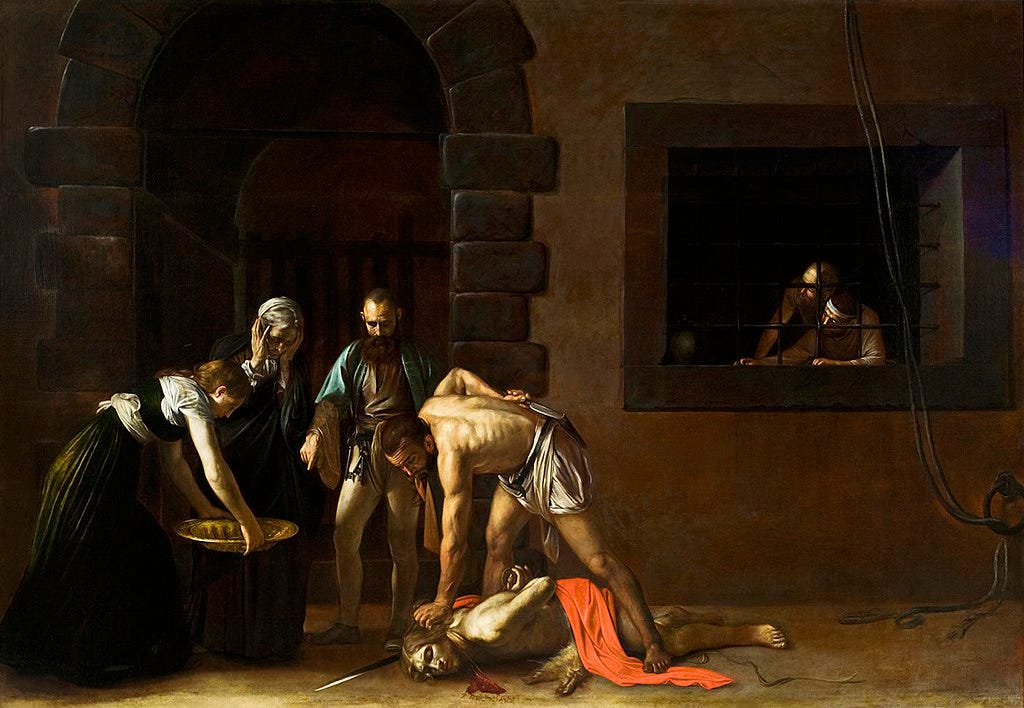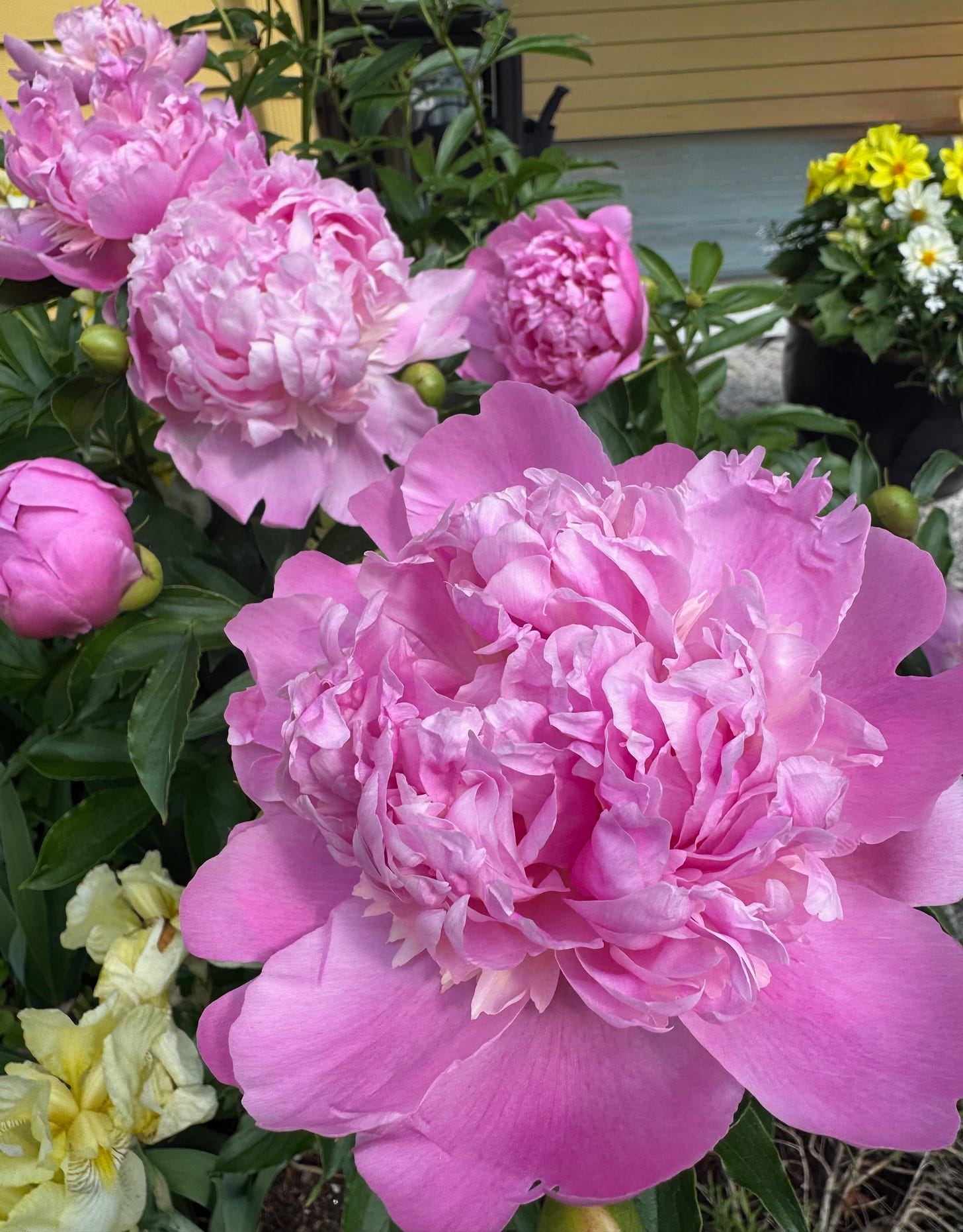Tap that little heart in the upper left corner, please—it means a lot to me! And thanks!
If you’ve ever seen or read (preferably read aloud in a group, each one taking a different character, and make mine Bottom please) or been lucky enough to take to the stage with this most popular of all Shakespearean plays, you understand its reputation down through the ages as a marvelous mystery-comedy-romance, perplexing, disorienting, enigmatic, its sheer enchantment a fitting accompaniment to midsummer’s night itself.
But why do we call it midsummer, middle of the summer, June 24th, when the solstice has only just passed and summer itself is at the very beginning?
Sorry to say, I can’t answer that question except to explain that at this time, when the sun has reached its apex and seems actually to stand still for just a few days, giving us the longest day and the shortest night of the entire year—this time is when something magical happens in cultures all around the world, from Africa to Asia, from Europe to the Americas.
It’s a time to celebrate our earth’s incline, that tilt of precisely 23.5%, without which we would have no seasons. An equatorial climate would be universal, everywhere on the planet, the same damn thing, day after day, season after season, sunset and sunrise never varying. And wouldn’t that be boring? In the northern hemisphere we would be without the spring that has just passed and the summer that’s now opening before us—three months of fruitful bliss until, come September, we begin to long for the cool days of harvest, of gathering-in when the sun starts its inevitable decline once more into the dark days of winter.
Astrologers call a solstice like this a portal day, when, they say, the gateway between the two worlds, material and spiritual, cracks open and witches and fairies pass back and forth to work their magic. Great bonfires are lit on the volcanic slopes of Monte Amiato in Tuscany and down in Campania, witches gather from all over the universe to congregate beneath the walnut tree of Benevento. At least, that’s what they say. If you’re a believer (I’m a skeptic), you should feel great chthonic energies emerging at the same time that your Internet server might well go down. In such a liminal period it’s hard to predict—anything could happen, even a mysterious floral potion, dropped on her eyelids as she sleeps, could make a fairy queen fall in love with a most inappropriate object on waking.
And all over the world, special things happen, rites and rituals are performed, big bonfires light the skies from the slopes of holy Mount Amiata in southern Tuscany, while down in Campania, witches from all over the universe gather to dance, sing, and exchange their gossip beneath the branches of a sacred walnut tree.
June 24th is also the Feast of St. John the Baptist, once historically (but no longer) a day of holy obligation that has taken on a lot of the pre-christian mystery surrounding the solstice, linking the old religion with the new one as sun worship and sun-related ritual weaves its way inexorably into the Christian saint’s day.

Why witches, fires, and walnuts should be associated with John the Baptist is not at all clear but it seems that the solstice, call it midsummer if you will, that precarious moment when the sun hangs in suspension in the heavens, has always been tied to ritual and magic—just like its opposite, the equally volatile winter solstice. And just as the church co-opted the winter solstice with Christmas, the anniversary of the birth of Jesus, so the fore-runner, John, was given the summer solstice for his own celebration.
If I were in Italy right now, what would I be doing? That’s easy—I’d be gathering iperico, aka erba di San Giovanni (Hypericum perforata or St. John’s wort), a wild herb known to cure wounds, relieve depression, and ward off the evil eye (those witches). But I’d also be scrubbing out the glass jar that’s reserved for the annual batch of nocino. That’s the dark, spicily fragrant liqueur or digestivo made from immature walnuts that should be gathered early on the morning of San Giovanni Battista, St. John’s, before the dew has dried on their green husks. Here’s the recipe, which I copied from an old cookbook from the Casentino, the mountainous region north of Arezzo, where a lot of hoary traditions are maintained to this day:
Keep reading with a 7-day free trial
Subscribe to On the Kitchen Porch to keep reading this post and get 7 days of free access to the full post archives.





